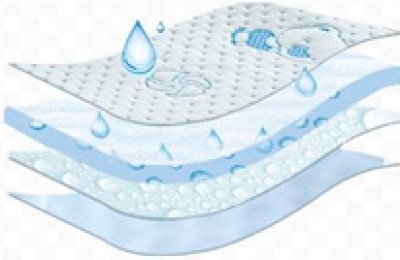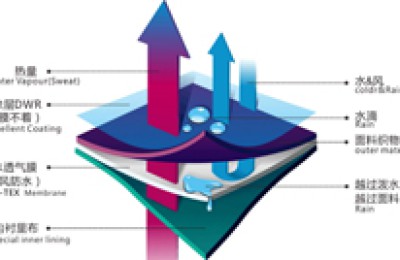According to feedback from several foreign businessmen and large-scale cotton trading companies, throughout October, the cotton stocks of importers such as Qingdao, Zhangjiagang, and Shanghai have been in a state of low income and high output (bonded + non-bonded cotton). Inquiries, The varieties with more active shipments range from Brazilian cotton to Indian cotton to US cotton. Most traders’ inventory and financial pressure have been effectively released.
The sharp rise in Zheng cotton in October led to the widening of the price gap between Chinese and foreign cotton, concerns about the U.S. government’s extensive import ban on Xinjiang cotton products after November, and the phased recovery of domestic sales and foreign trade orders in October. Midstream and downstream enterprises such as textiles are worried about the decline in the quality/grade of machine-picked cotton in Xinjiang in 2020/21, and other positive factors have stimulated foreign cotton traders at the port to successfully achieve destocking and unwinding.
An international cotton merchant in Qingdao said that the current foreign cotton sales at the port show the following three characteristics:
First, recently, small and medium-sized cotton traders have been rushing to ship goods and land, and most of the stocks have bottomed out. Therefore, the cotton resources for bonded and customs clearance sales are only concentrated in the hands of a few large cotton companies, and the price difference has narrowed, and the phenomenon of chaos and individual fighting has been reduced;
The second is the 2019 and 2020 Brazilian cotton cleared by each main port. Spot goods are very scarce. Most traders pre-sell low- and medium-quality Brazilian cotton such as M 1-1/8 in December at RMB prices in advance. Spot stocks at ports such as U.S. cotton, Indian cotton, West African cotton, and Australian cotton are still relatively sufficient, among which U.S. cotton The proportion may exceed 40%;
Thirdly, the quotation sales quantity of US cotton for the October/December shipping date is still relatively large (mainly 2019/20 cotton and a small amount of 2018/19 cotton), which is significantly higher than Brazilian cotton, Indian cotton. It is expected that the amount of U.S. cotton arriving in Hong Kong and customs clearance will remain “far ahead” in November and December.
As of the end of October, cotton stocks in my country’s main ports are approximately 330,000-350,000 tons (bonded + non-bonded), a decrease of more than 220,000 tons from the highest point in June/July 2020, of which Huangdao There are about 200,000 tons of foreign cotton stocks in the surrounding areas of Zibo, Zibo and Jinan, mainly American cotton, Indian cotton, Brazilian cotton, West African cotton and Uzbekistan cotton.
It is worth noting that the current port customs clearance and bonded 2019/20 US cotton and Indian cotton (part of CCI cotton resources) commodity inspection quality indicators and color grades are relatively good, and the basis price is not low (U.S. The basis difference of cotton is generally between 825-1225, and the quotation is CF2101 + basis difference). Therefore, with the main contract of Zheng cotton exceeding 14,500 yuan/ton, uncertainties in the external market rising, and downstream orders lacking sustainability, foreign cotton at the port has been Inquiries and transactions have cooled down significantly. </p







